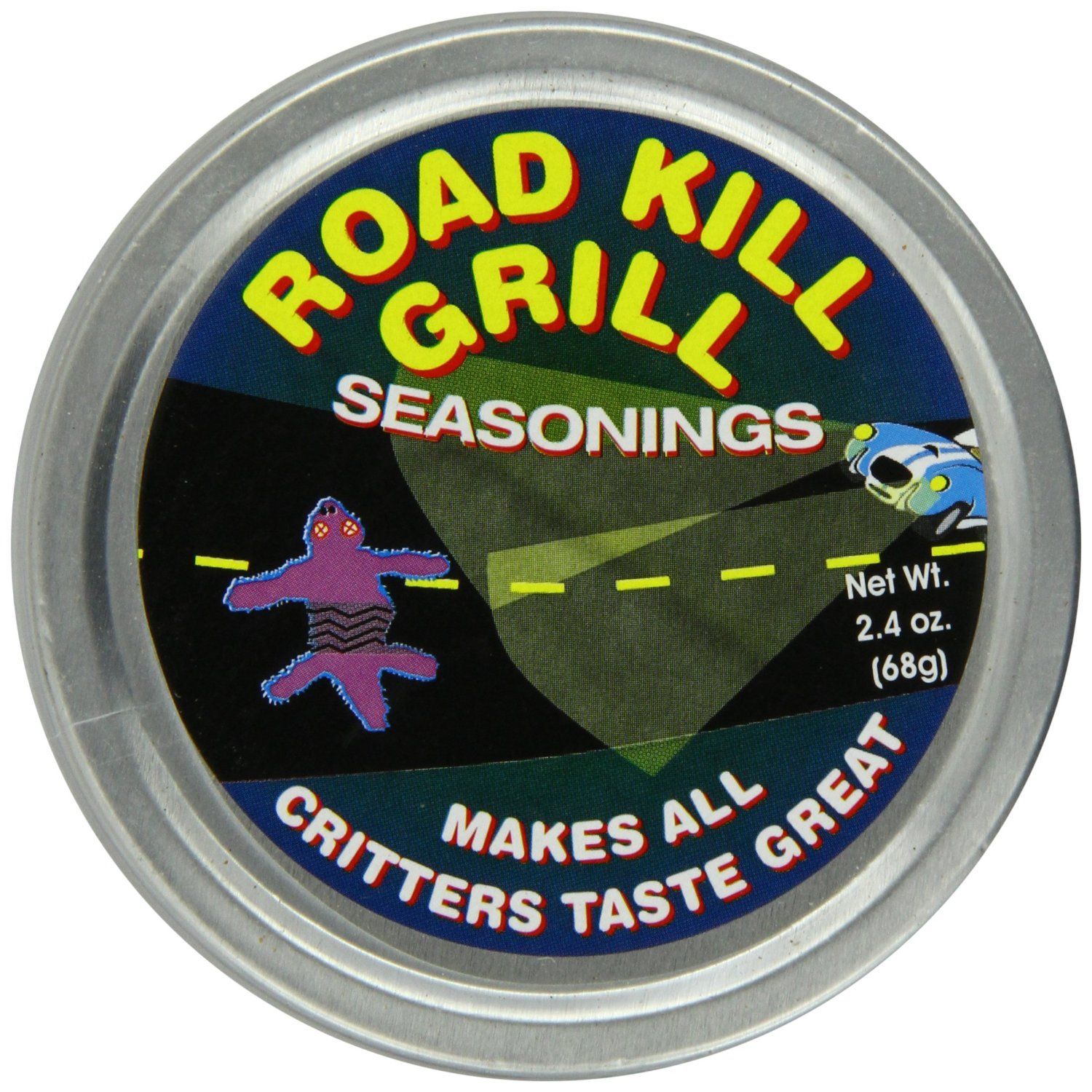A Bloomberg article this morning revolved around the outrage of the Russian Premier with the United States for being the world’s bully; and the country responsible for most of the carnage going on. Of course he glosses over the iniquities of his administration’s aggressions in other nearby countries, and his relentless efforts to constrain the freedoms now enjoyed by Russia’s citizens since their own revolution. It seems to me that the real picture is pretty evident to every thinking person who cherishes human dignity, rights, and freedom of expression. So, I thought that poking a little fun at his antics might help.
It is time to consider protecting English speakers in Eastern Siberia after the provocative failure of Russia to take action there. It seems all Putin can think of (besides seizing the Ukraine and Georgia) is a territorial grab in the Arctic, with a view to seizing any deposits of petroleum and precious minerals exposed as the ice sheets that have covered the region for millennia shrink and melt away. Of course, Russia isn’t the only country with its eye on the prize. Fortunately, we have a buffer country in Canada that is making moves on its own and will likely setup mining and drilling ventures as fast as it can with a view to boosting its economy and becoming less dependent on the Americans for modern TV shows and tourist dollars. I’ve been told that if the Americans interfere, they plan on holding Santa Claus hostage, thus wrecking the U.S. economy.
If you think that there are few if any English speakers in the region, you would be mistaken. Consider the seals who praise our handsome black president; if you crouch out of sight on the edge of an ice hole, you can hear them barking ‘Barack! Barack! as they slip and slide away from the hungry Polar bears. This is enough of a reason to move forward across the Bering strait towards the Kamchatka Peninsula. The time to do this is now, while Putin is distracted by the horrific resurgence of the Nazi party.
I read this morning that, “Our joint obligation is to oppose the glorification of Nazism and attempts to revise the outcome of the World War II,” Putin said in a Politika interview, warning of rising “neo-Nazism” in the Baltics and Ukraine. He is watching closely for any signs that the former Baltic members of the Soviet Union might install American missile defense equipment and give him the finger.
He did, however, make a token gesture towards the Arctic by once again ordering the seizure of Greenpeace protesters fleeing in their submarine that was under attack by giant squid ( see: http://www.ctvnews.ca/sci-tech/huge-squid-filmed-attacking-greenpeace-submarine-1.2051509 ) and this time strapping them and an assortment of domestic homosexuals on the front of several Russian fishing boats which are now cruising back and forth near the coast of Alaska, stealing crab traps and mowing down the hoards of gold rush adventurers sucking up nuggets from the ocean floor with their cobbled-together dredges.



